Capital funding
Capital Investment
Capital investment is the money borrowed by the Council or from government grant to invest in the road network. This form of funding can only be spent on assets to replace worn out elements to return them to new condition such as renewing the surface of the carriageway and replacing parts of highway infrastructure. This money cannot be used to fill potholes but can be used to prevent potholes by resurfacing for example.
Each year we survey a percentage of the highway network to measure its condition. The surveys assess the highway surface condition against a range of criteria and the results can be visualised as a RAG (Red, Amber, Green) map; the surveys do not measure structural condition but makes assumptions of it based upon the failures measured on the surface. The surveys output a measure of road condition over sections of a road which we report to DFT as RCI (Road Condition Index) scores, these also are the scores against which we are measured for performance.
We also survey the highest risk area of the network for skid resistance. We assess the results against investigatory levels and make improvements to road grip to increase safety where appropriate.
In line with national best practice our approach to maintenance follows an Asset Management approach which is outlined in the Highway Asset Management Policy, Strategy and Plans. Based on results from lifecycle modelling exercises we understand how much of the network would benefit from works and that our financial means cannot address the “backlog”. In order to maintain the network in its current condition we know we have to treat some of our worst roads some of our medium condition roads and some of our good roads. The modelling has enabled ESCC to see the effect of different maintenance, performance and investment scenarios at a network level. This gives confidence that we are getting the maximum return on investment from our limited financial resources as we are able to prevent more of the network from falling into red condition through cheaper intervention work than we can repair those already failed.
We prioritise maintenance within Preventative and structural programmes based on the condition surveys, Road hierarchy and other factors aligned with our strategy which we assign weightings for within our pavement management system.

